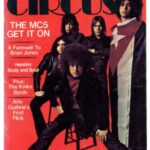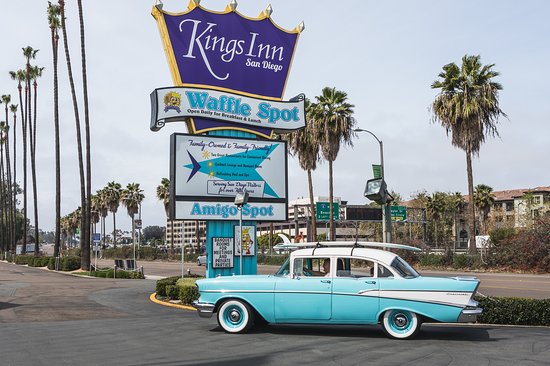-
Featured News
The MC5: A Eulogy
 By Doug Sheppard
And then there were none. Five equals zero. The morning of May 9, 2024, the last surviving member of the MC5, drummer Dennis Thompson, died while recovering from a heart attack—
By Doug Sheppard
And then there were none. Five equals zero. The morning of May 9, 2024, the last surviving member of the MC5, drummer Dennis Thompson, died while recovering from a heart attack— -
Featured Articles
The Beatles: Their Hollywood and Los Angeles Connection
 By Harvey Kubernik
JUST RELEASED are two new installments of the Beatles’ recorded history, revised editions of two compilation albums often seen as the definitive introduction to their work.
Or
By Harvey Kubernik
JUST RELEASED are two new installments of the Beatles’ recorded history, revised editions of two compilation albums often seen as the definitive introduction to their work.
Or -
Ugly Things 40th Anniversary in August 2023

Come celebrate Ugly Things Magazine 40th birthday with us!
Mark your calendars, take your vitamins, polish your boots and drag a comb across your head. We have a special event planned August 25-26 to celebrate 40 years of Ugly Things magazine. Music and fun of all kinds, night and day, all weekend long at the Casbah and the Whistlestop in San Diego. Bands, DJs and special guests to be announced. Stay tuned!

Places to stay in San Diego
Little Italy/Downtown – close to The Casbah for the evening events are La Pensione and Porto Vista.
Hotel Circle (8 min from Casbah) – has a number of options for all budgets. Cool picks here are the Kings Inn (mid century) and the the Town & Country Resort (site of Tiki Oasis).
North/South Park – our daytime venue, the Whistlestop, is in South Park. Air BnBs are plenty in this area. Also check the Lafayette Hotel (Johnny Weissmuller pool).